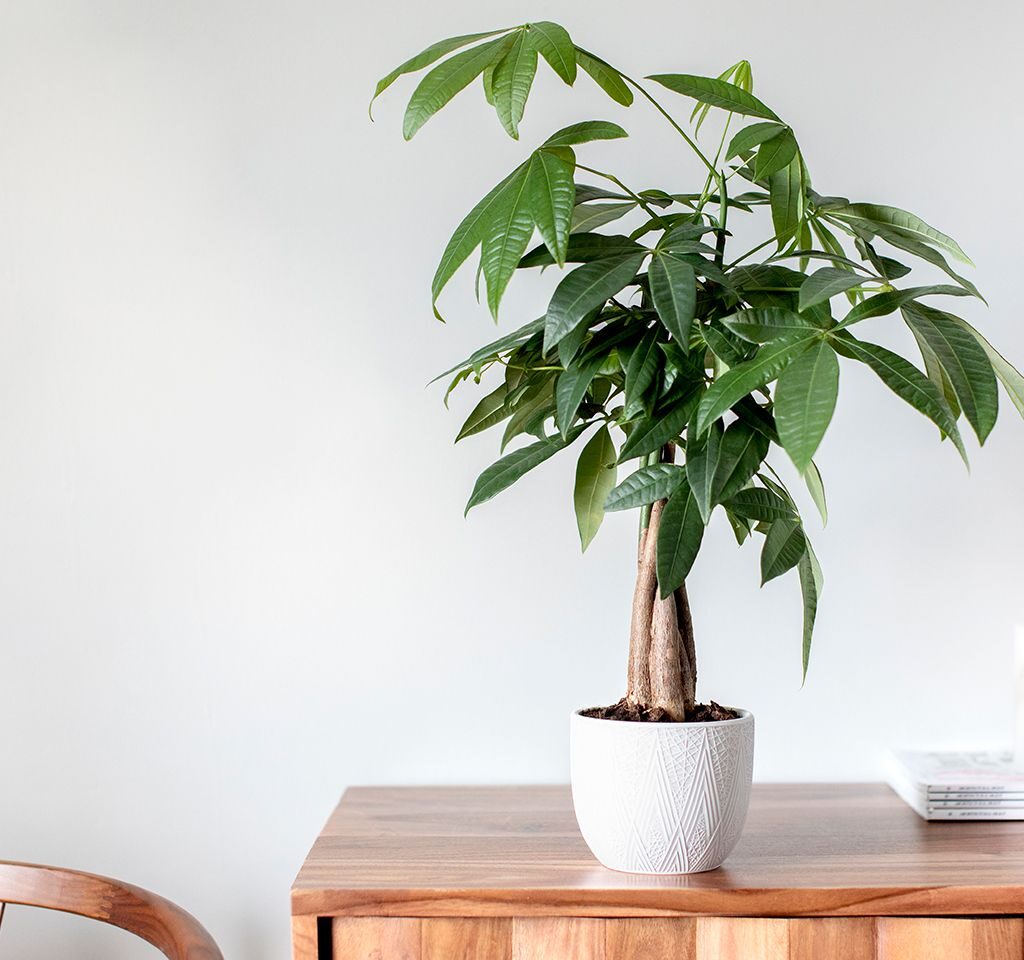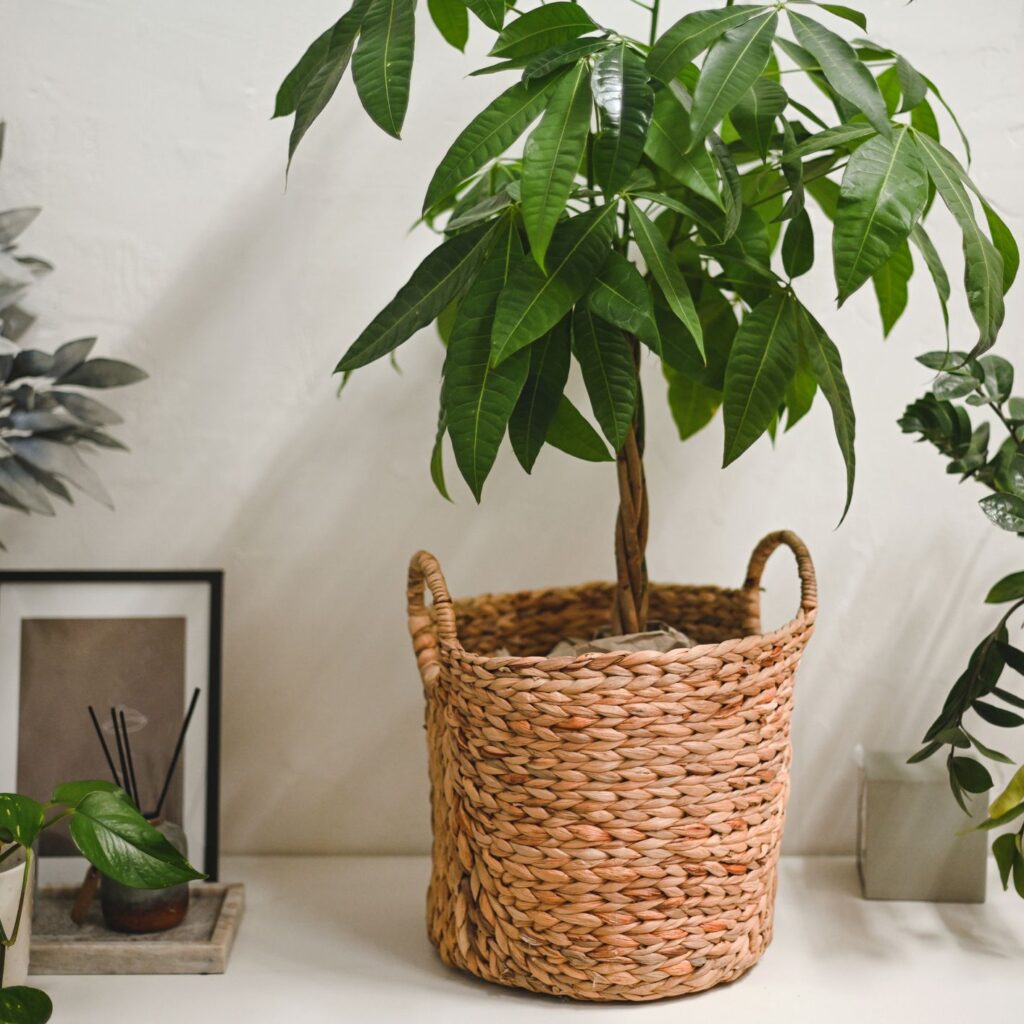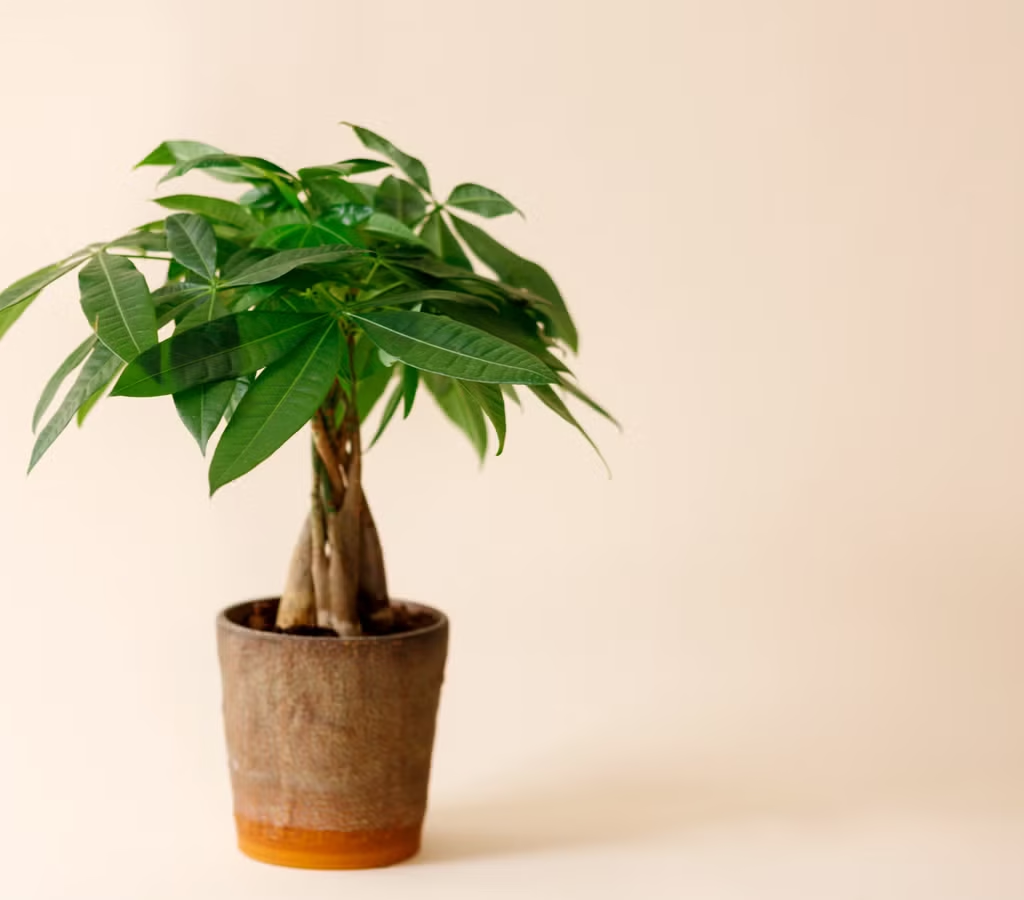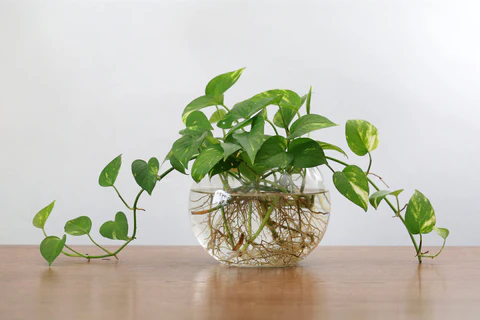Among the most popular and cherished indoor plants globally, the money plant holds a special place in homes and offices for its appealing greenery, easy care, and symbolic association with prosperity and good fortune. Known for its trailing vines, heart-shaped leaves, and ability to thrive in a variety of conditions, the money plant (commonly Epipremnum aureum, also called Devil’s Ivy or Golden Pothos) is a favorite choice for both novice and experienced plant enthusiasts.
One of the most crucial aspects of keeping a money plant healthy and vibrant is understanding its watering needs. While money plants are relatively low-maintenance, overwatering or underwatering can lead to yellowing leaves, root rot, and slowed growth. This article explores how often you should water a money plant, considering factors such as growing conditions, seasons, pot size, soil type, and plant health.
About the Money Plant

The term money plant generally refers to Epipremnum aureum, though in some regions, it also applies to species like Pachira aquatica and Crassula ovata (jade plant). For this article, we’ll focus on Epipremnum aureum, known for its lush green or variegated foliage and adaptability to different growing conditions.
Native to the Solomon Islands in the South Pacific, money plants are tropical vines that thrive in warm, humid environments but can also tolerate low light and dry indoor air, making them excellent houseplants.
Key characteristics:
- Grows in soil or water.
- Tolerates low to medium indirect light.
- Effective air purifier.
- Often associated with good luck and financial prosperity in Feng Shui.
How Often Should You Water a Money Plant?

There’s no universal watering schedule for money plants because their needs vary based on several environmental and care factors. However, a general rule is to water when the top 1–2 inches of soil feel dry to the touch.
Recommended Watering Frequency
| Season | Watering Frequency (Approx.) |
|---|---|
| Spring/Summer | Every 5–7 days |
| Fall/Winter | Every 10–14 days |
Note: Always adjust watering based on soil moisture, room temperature, and plant size.
Factors Influencing Watering Needs

To water a money plant properly, it’s essential to consider these influencing factors:
1. Temperature and Climate
Money plants prefer temperatures between 18°C to 30°C (65°F to 85°F). In hot, dry weather, water evaporates faster, requiring more frequent watering. Conversely, in cooler months, the plant’s growth slows, and water remains in the soil longer.
2. Humidity
Higher humidity reduces the need for frequent watering. In homes with air conditioning or during dry winters, indoor air becomes dry, causing soil to dry out more quickly.
Tip: Mist your money plant occasionally during dry months to increase humidity.
3. Light Exposure
Money plants grown in bright, indirect light will use water more quickly than those in dimly lit areas. Direct sunlight can cause rapid soil drying, while low light slows growth and water uptake.
Ideal placement: Near east or north-facing windows.
4. Pot Size and Material
Larger pots hold more soil and retain moisture longer, requiring less frequent watering. Clay or terracotta pots absorb moisture and dry out faster than plastic or glazed ceramic pots.
Tip: Choose pots with drainage holes to prevent water stagnation and root rot.
5. Soil Type
Well-draining, airy soil dries faster than heavy, compacted soil. A recommended mix includes:
- 2 parts garden soil
- 1 part sand
- 1 part coco peat or compost
This allows excess water to drain while retaining enough moisture for healthy growth.
6. Plant Size and Maturity
A larger, more mature plant with extensive foliage and roots will use more water than a small cutting. Adjust your watering schedule accordingly.
How to Check If Your Money Plant Needs Water

Relying solely on a set schedule isn’t ideal. Instead, use these methods:
- Touch Test: Insert your finger about 1–2 inches into the soil. If it feels dry, it’s time to water.
- Pot Weight: Lift the pot slightly. Dry soil feels lighter than moist soil.
- Leaf Condition: Wilting, curling, or dry leaf tips may signal dehydration, while yellowing or mushy leaves indicate overwatering.
Signs of Overwatering and Underwatering
Overwatering Symptoms:
- Yellow, drooping leaves.
- Mushy stems.
- Foul-smelling, waterlogged soil.
- Root rot (black, soft roots).
Underwatering Symptoms:
- Dry, crispy leaf edges.
- Drooping leaves.
- Stunted growth.
- Dry, compact soil pulling away from pot edges.
Watering Money Plant in Water (Hydroponic Method)

Money plants can also thrive in water alone. Place cuttings or mature stems in a glass jar or vase with water, ensuring the lower nodes are submerged.
Care Tips:
- Change water every 5–7 days.
- Clean the container to prevent algae.
- Add liquid fertilizer once a month for nutrients.
Seasonal Watering Guide
1. Spring and Summer
- Active growth season.
- Water more frequently (every 5–7 days).
- Check soil moisture regularly due to faster evaporation.
2. Fall and Winter
- Growth slows.
- Reduce watering (every 10–14 days).
- Ensure soil isn’t waterlogged during colder months.
Best Practices for Watering a Money Plant
- Use room-temperature water to avoid shocking the plant’s roots.
- Water thoroughly until excess drains out the bottom of the pot.
- Discard any water collected in the saucer to prevent root rot.
- Avoid letting the plant sit in standing water.
Importance of Proper Watering
Correct watering ensures:
- Healthy, vibrant foliage.
- Continuous growth of trailing vines.
- Resistance to pests like spider mites and mealybugs.
- Prevention of common issues like leaf yellowing, root rot, and fungal infections.
Common Watering Mistakes to Avoid
- Watering on a fixed schedule without checking soil moisture.
- Using heavy, poorly draining soil.
- Neglecting to empty saucers or trays after watering.
- Overwatering during winter dormancy.
Conclusion
In conclusion, while money plants are remarkably resilient and easy to care for, watering remains one of the most critical factors in their health and appearance. Generally, you should water a money plant every 5–7 days in warm months and every 10–14 days during cooler seasons — but always let the top 1–2 inches of soil dry out before watering again.
By considering variables like climate, pot size, soil type, and plant maturity, you can maintain the perfect watering routine for your money plant. Whether grown in soil or water, with mindful care and balanced hydration, your money plant will reward you with lush foliage and positive energy for years to come.




Leave A Comment